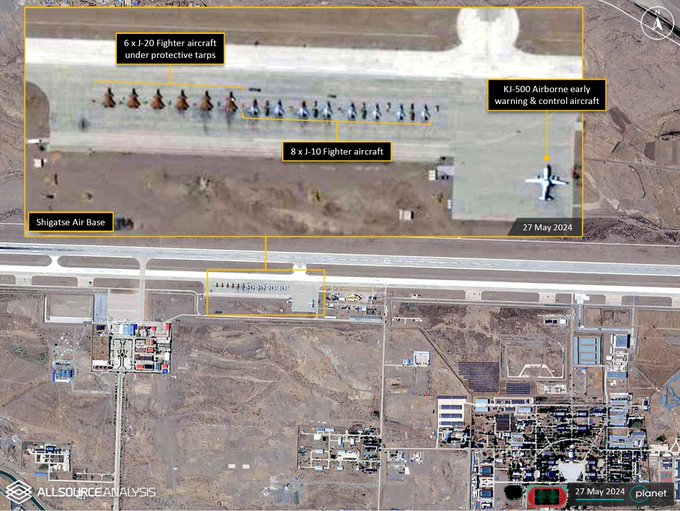Danish Foreign Minister Lars Løkke Rasmussen announced that Ukraine is authorized to use Danish-supplied F-16 fighter jets to strike military targets within Russian territory, provided these actions comply with the rules of war. Speaking on May 30 in Brussels, Rasmussen stressed that as long as the strikes focus on military installations, they remain within international law.
In July 2023, Denmark and the Netherlands formed a "fighter coalition" to support Ukraine, pledging to supply F-16s and offer essential training for Ukrainian pilots and technicians. This decision is part of a broader Western debate about removing restrictions on the use of Western weapons on Russian soil. Despite concerns from Washington and Berlin, Rasmussen emphasized that this initiative is not a "blank check" for indiscriminate attacks but aims to reduce Russia's offensive capabilities.
Russian Ambassador to Denmark, Vladimir Barbin, warned that using Danish weapons on Russian territory could escalate the conflict uncontrollably. Nonetheless, Denmark and several other nations advocate for lifting these restrictions, asserting that Ukraine must defend itself against assaults.
Currently, eleven Western countries, including France, the UK, the Netherlands, Poland, Sweden, Finland, the Czech Republic, Lithuania, Latvia, Estonia, and Canada, have agreed to permit Ukraine to target military installations within Russian territory using their arms. German Chancellor Olaf Scholz also endorsed this approach after discussions with French President Emmanuel Macron, allowing Ukraine to use Western weapons "within international law" against Russian military bases.
The Danish F-16s, acquired in the 1980s, are advanced multirole fighter jets known for their versatility and sophisticated avionics. They can carry various weapons, including air-to-air and air-to-ground missiles. The F-16s, powered by either Pratt & Whitney F100 or General Electric F110 turbofan engines, achieve speeds over Mach 2 and have a combat radius of about 340 miles with internal fuel, extendable with external tanks and aerial refueling.
Earlier this week, Belgium announced it would supply Ukraine with 30 F-16 fighter jets, with the first deliveries expected this year. This brings the total number of F-16s committed to Ukraine to 85, including contributions from the Netherlands, Denmark, and Norway. Ukrainian pilots are currently training in the USA, Denmark, and Romania to operate these jets.

:quality(70)/cloudfront-us-east-1.images.arcpublishing.com/archetype/JWQ6MUDY4VAX5GNXTASFZW2GT4.jpg)





